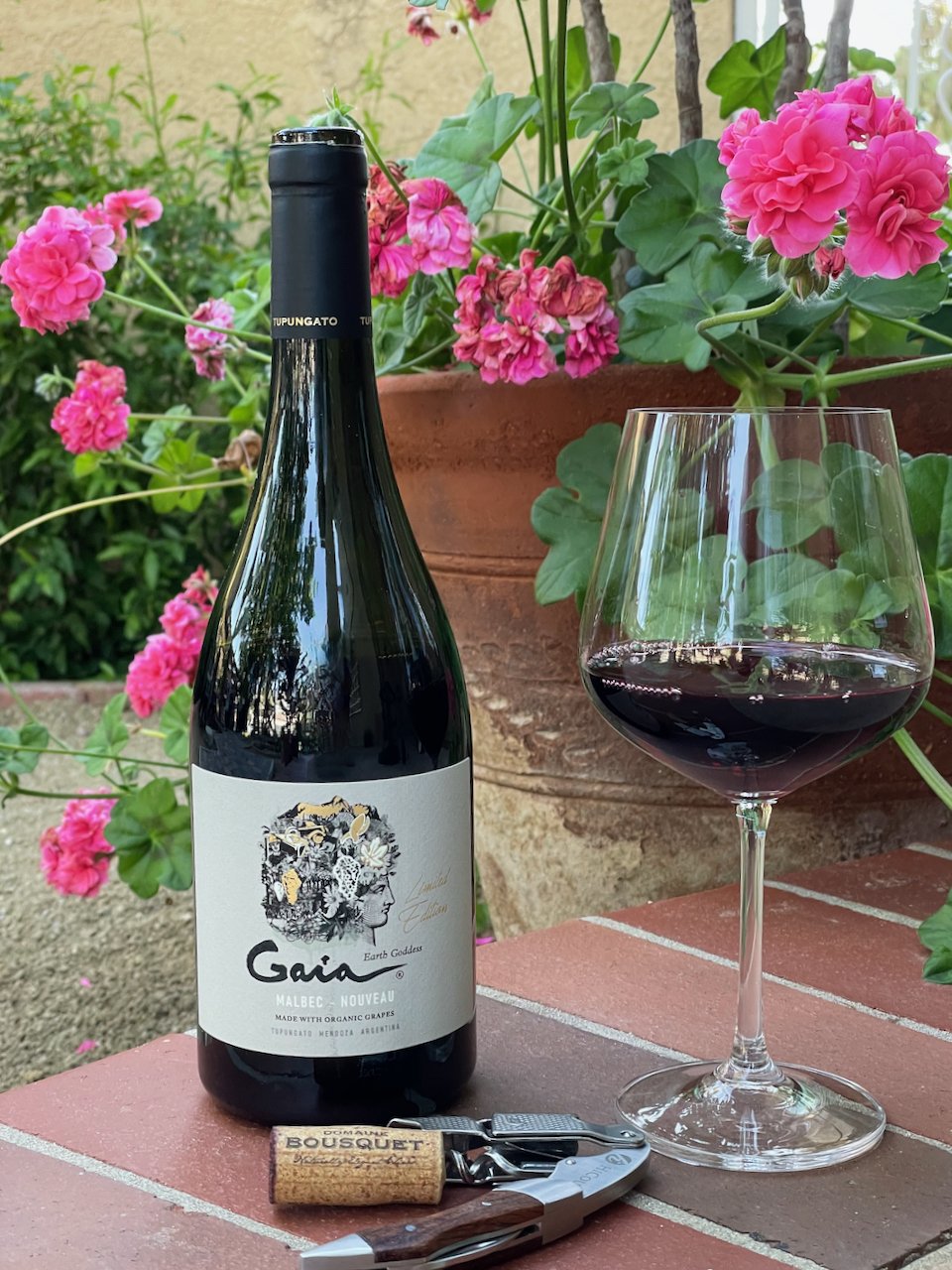Photo by Sherwin Photography on Unsplash
Have you ever seen a bottle of sparkling wine that has “Blanc de Blancs” on the label and wondered what it is?
Well, Blanc de Blancs is a term from the Champagne region in France. It is used to refer to champagne produced entirely from white grapes, most commonly Chardonnay. Other grapes such as Pinot Blanc and Arbane are also permitted to be used, as well as a number of other varieties, but they are less common.
Blanc de Blancs is different from the majority of champagnes that are made with a traditional blend of white and red grapes, usually Chardonnay, Pinot Noir and Meunier.
It is also different from Blanc de Noirs champagne, which is produced exclusively from black (noir) grapes such as Pinot Noir and Pinot Meunier.
Blanc de Blancs champagnes are typically lighter, drier, and fruitier than Blanc de Noirs while Blanc de Noir wines can be richer with a fuller body.
Blanc de Blancs sparkling wines are produced in two sub-regions of Champagne France - Cote des Blanc and Cote de Sezanne.
Blanc de Blancs sparkling wines are made in the Champagne region of France using the traditional ‘Methode Champenoise’ where the secondary fermentation takes place in the bottle.
So, next time you see Blancs de Blancs you’ll know it’s made entirely from white grapes! Cheers!






